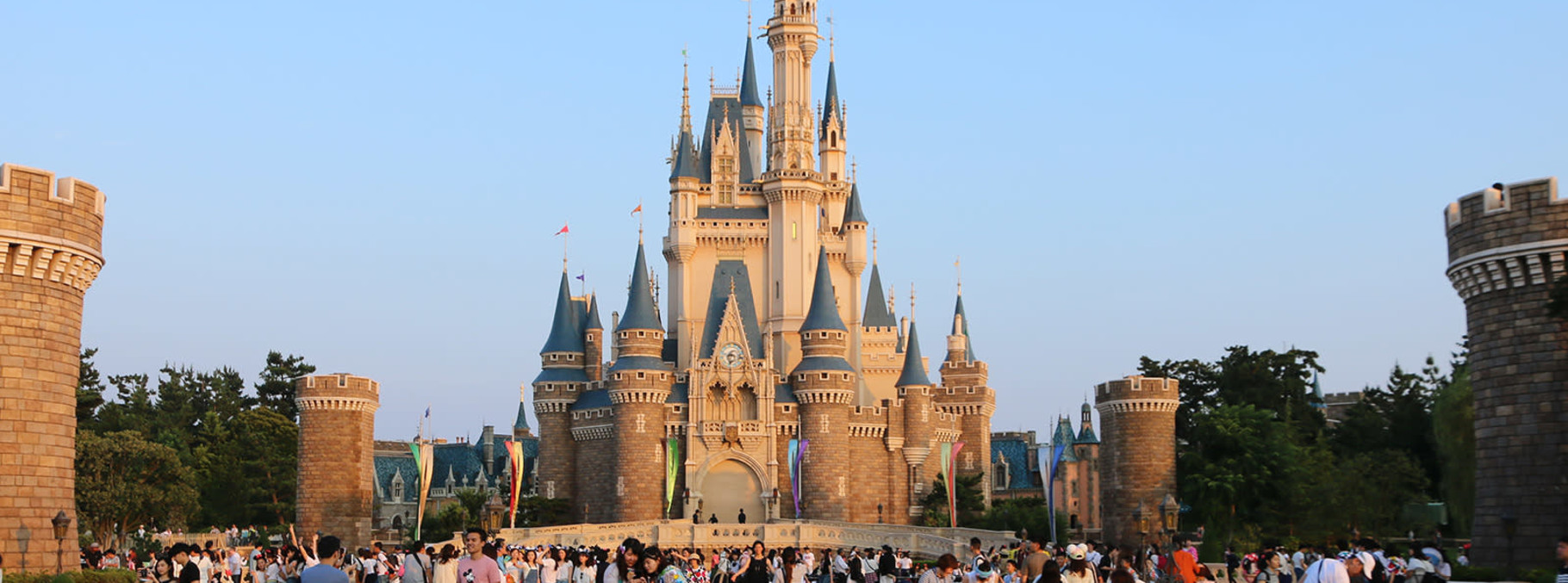Kumano Kodo
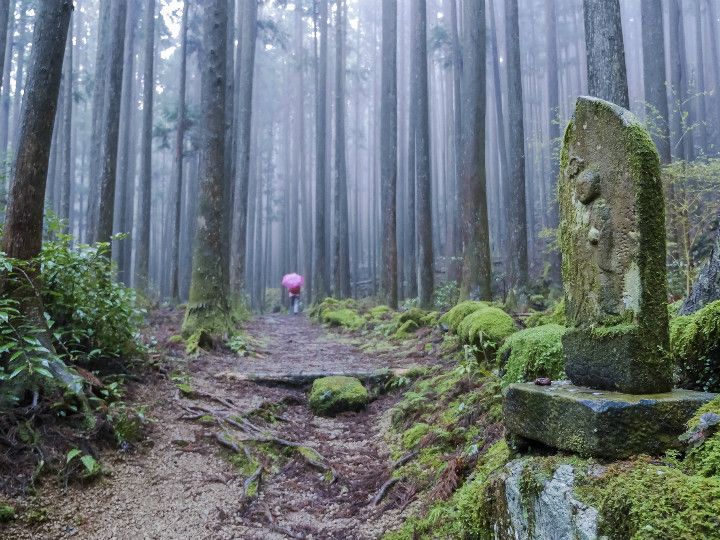
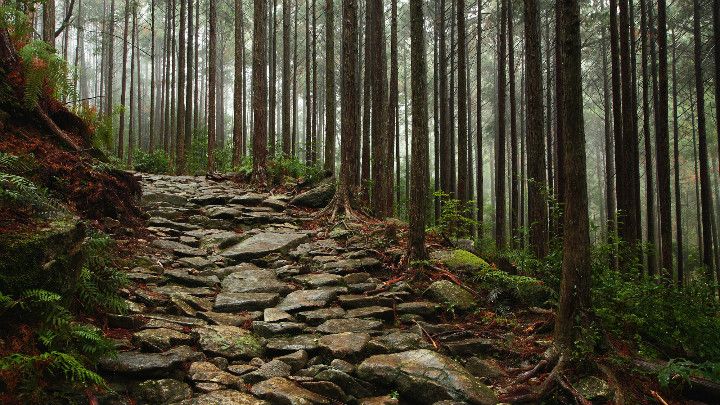
(Source: たっちゃん / PIXTA(ピクスタ) )
Kumano Sanzan Grand Shrines: Kumano Hongu Taisha Main Shrine
Located in Tanabe, Wakayama is the Kumano Hongu Taisha Main Shrine, whose historical lineage is believed to stretch all the way back to 33 BC. The symbol of this shrine is the three-legged crow, the yatagarasu. It is believed that once an ancient emperor on a trip to the shrine was visited by the yatagarasu, who led him safely back to Nara. From that time on, the emperor donned the yatagarasu a messenger of the gods.
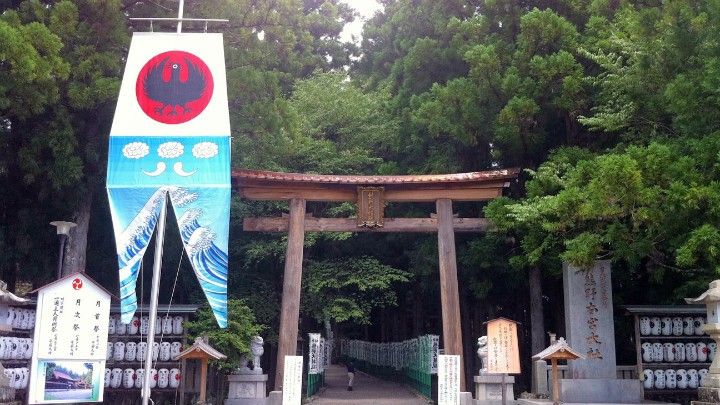
(Source: おつかれっす等々)
Kumano Sanzan Grand Shrines: Kumano Hayatama Taisha Shrine
The Kumano Hayatama Shrine located in Shingu, Wakayama, is where the creator deity, Izanagi no Kami is worshipped. Over 1,000 sacred treasures are held in this shrine. These "sacred treasures" are comprised of clothing and equipment which are considered the property of the gods. Many of these sacred treasures are on display in the Shinpo-kan sacred treasure center.
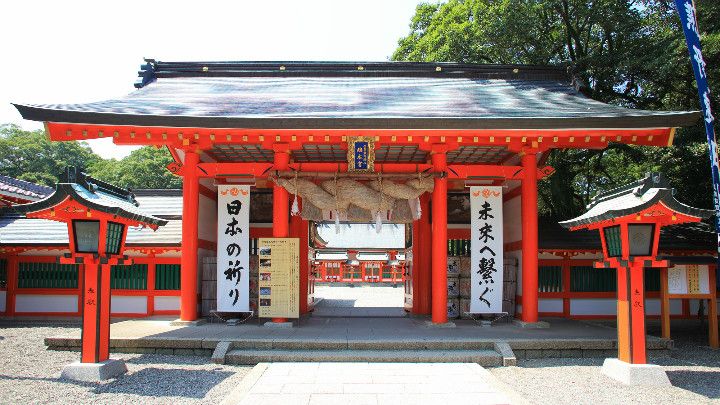
(Source: kenji / PIXTA(ピクスタ))
Kumano Sanzan Grand Shrines: Kumano Nachi Taisha Shrine
The Kumano Nachi Taisha Shrine located in Nachikatsuura, Wakayama, is said to have been established in AD 317. It is said that the emperor at the time saw a shining light emanating from Mt. Nachi and when he went to search for the source, he found a great sacred waterfall. Try and get one of the jumbo omikuji (paper fortunes) which are 133 cm long to match the 133 m height of the great waterfall.
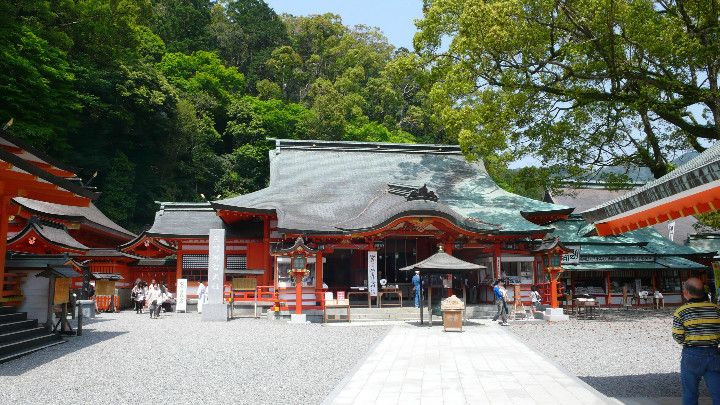
(Source: つれづれなるままにそこはかとなくかきつくれば)
Nachi Waterfall
Nachi Waterfall is the tallest in Japan and has a straight drop of 133 meters. Not only is the waterfall beautiful but it is also said that the water can prolong life by divine favor. People have been coming to this sacred place on intense spiritual pilgrimages since deep into the past.
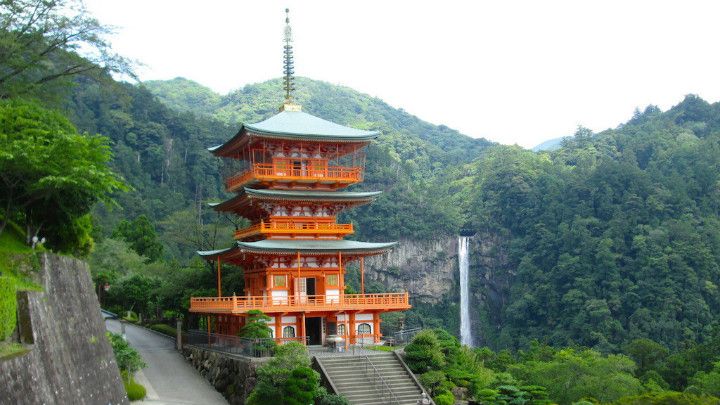
(Source: 関西観光記)
Kumano Kodo Center
The Kumano Kodo Center located in Owase, Mie, was opened in 2007 in commemoration of the recognition of the Kumano Kodo as a World Heritage site. One can find lots of information on the history, culture, and natural environment of the area around the Kumano Kodo by way of replicas, videos, pictures, etc. in the Kumano Kodo Center.
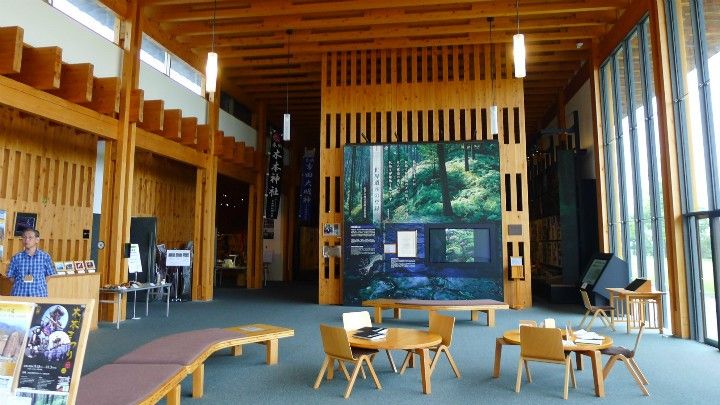
(Source: TEMPEI WEB)
Hadasu Path
The oldest stone path left behind from history is the Hadasu Path. This stone path was made in the Kamakura period (around 1185 – 1333), much older than the Edo period. Over time, larger stones were replaced by smaller ones making up the Hadasu Path. The Hadasu Path is located in Kumano, Mie.
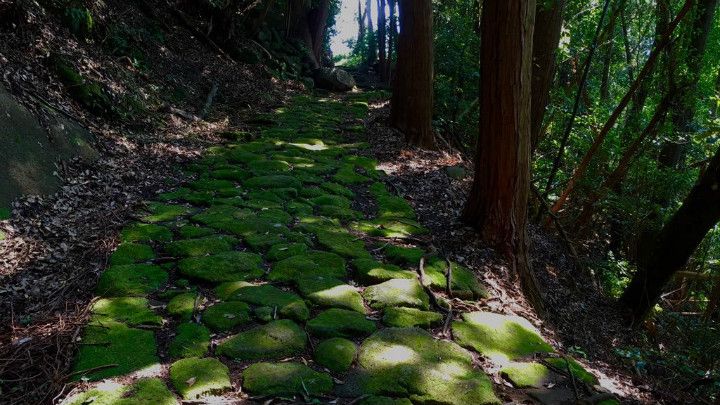
(Source: Twitter)
Oniga-jo
For those embarking on the Kumano Kodo from the Mie side, be sure to see the Oniga-jo. The Oniga-jo is a 1.2-km-long natural rock wall section of the Kumano Kodo located along the coast and is designated as a UNESCO World Heritage Site. The cliffs which are the production of erosion from the sea are a natural work of art. From the highest point of Oniga-jo, one can get sweeping views of the sea and area around.
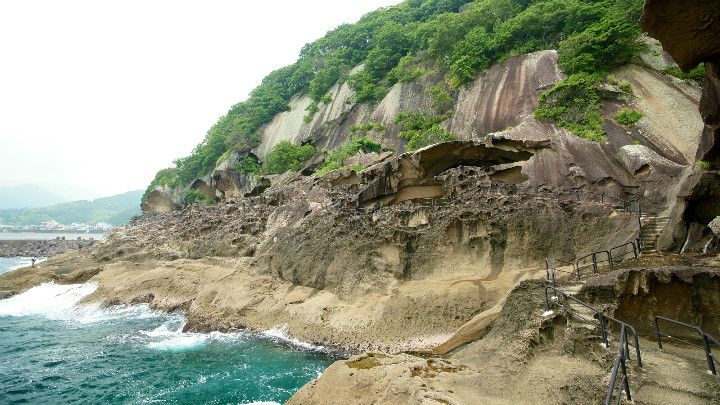
(Source: ヨッシー / PIXTA(ピクスタ))

(Source: たっちゃん / PIXTA(ピクスタ) )
Kumano Sanzan Grand Shrines: Kumano Hongu Taisha Main Shrine
Located in Tanabe, Wakayama is the Kumano Hongu Taisha Main Shrine, whose historical lineage is believed to stretch all the way back to 33 BC. The symbol of this shrine is the three-legged crow, the yatagarasu. It is believed that once an ancient emperor on a trip to the shrine was visited by the yatagarasu, who led him safely back to Nara. From that time on, the emperor donned the yatagarasu a messenger of the gods.

(Source: おつかれっす等々)
Kumano Sanzan Grand Shrines: Kumano Hayatama Taisha Shrine
The Kumano Hayatama Shrine located in Shingu, Wakayama, is where the creator deity, Izanagi no Kami is worshipped. Over 1,000 sacred treasures are held in this shrine. These "sacred treasures" are comprised of clothing and equipment which are considered the property of the gods. Many of these sacred treasures are on display in the Shinpo-kan sacred treasure center.

(Source: kenji / PIXTA(ピクスタ))
Kumano Sanzan Grand Shrines: Kumano Nachi Taisha Shrine
The Kumano Nachi Taisha Shrine located in Nachikatsuura, Wakayama, is said to have been established in AD 317. It is said that the emperor at the time saw a shining light emanating from Mt. Nachi and when he went to search for the source, he found a great sacred waterfall. Try and get one of the jumbo omikuji (paper fortunes) which are 133 cm long to match the 133 m height of the great waterfall.

(Source: つれづれなるままにそこはかとなくかきつくれば)
Nachi Waterfall
Nachi Waterfall is the tallest in Japan and has a straight drop of 133 meters. Not only is the waterfall beautiful but it is also said that the water can prolong life by divine favor. People have been coming to this sacred place on intense spiritual pilgrimages since deep into the past.

(Source: 関西観光記)
Kumano Kodo Center
The Kumano Kodo Center located in Owase, Mie, was opened in 2007 in commemoration of the recognition of the Kumano Kodo as a World Heritage site. One can find lots of information on the history, culture, and natural environment of the area around the Kumano Kodo by way of replicas, videos, pictures, etc. in the Kumano Kodo Center.

(Source: TEMPEI WEB)
Hadasu Path
The oldest stone path left behind from history is the Hadasu Path. This stone path was made in the Kamakura period (around 1185 – 1333), much older than the Edo period. Over time, larger stones were replaced by smaller ones making up the Hadasu Path. The Hadasu Path is located in Kumano, Mie.

(Source: Twitter)
Oniga-jo
For those embarking on the Kumano Kodo from the Mie side, be sure to see the Oniga-jo. The Oniga-jo is a 1.2-km-long natural rock wall section of the Kumano Kodo located along the coast and is designated as a UNESCO World Heritage Site. The cliffs which are the production of erosion from the sea are a natural work of art. From the highest point of Oniga-jo, one can get sweeping views of the sea and area around.

(Source: ヨッシー / PIXTA(ピクスタ))




